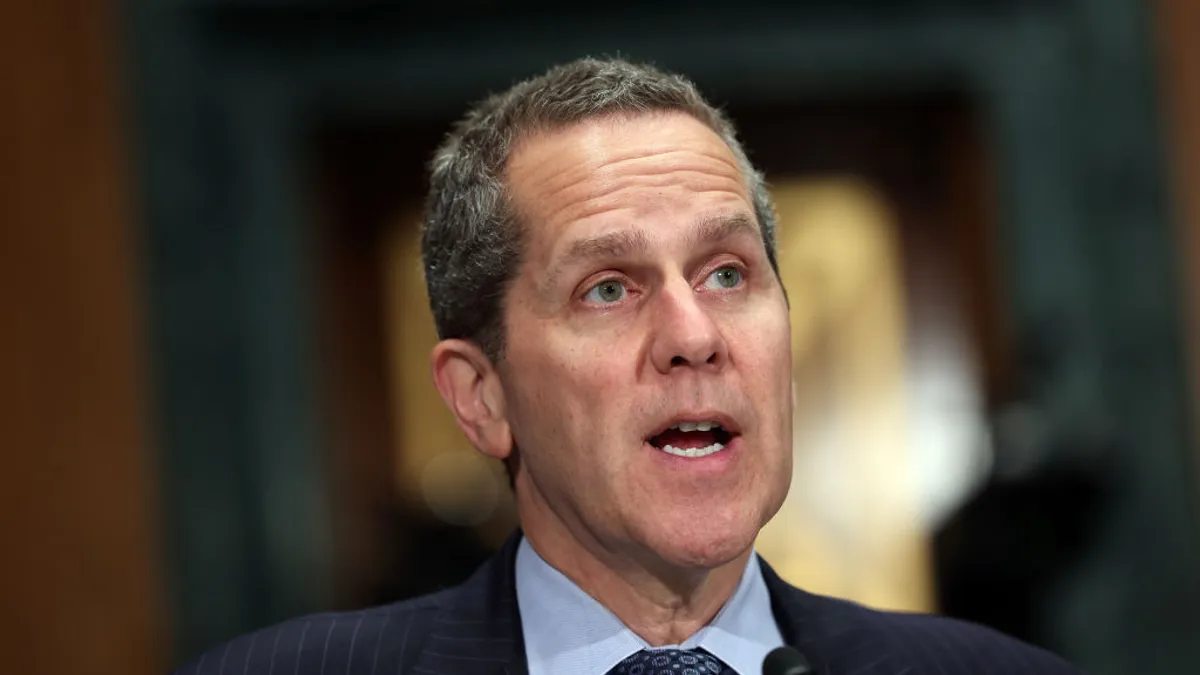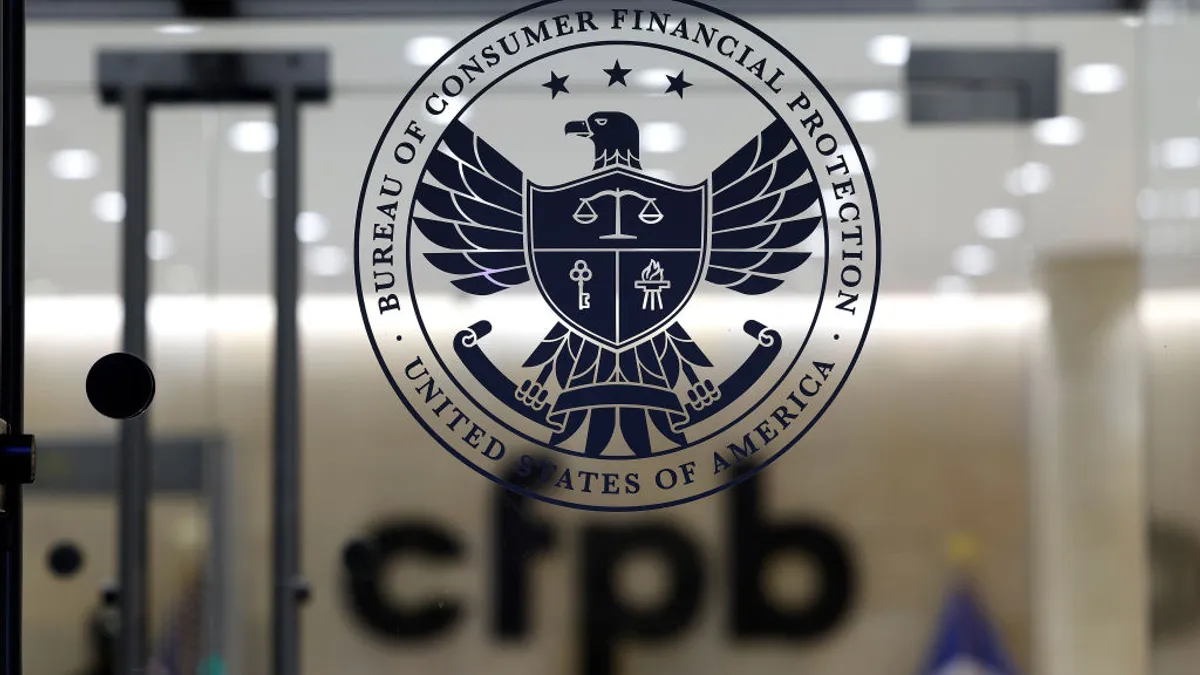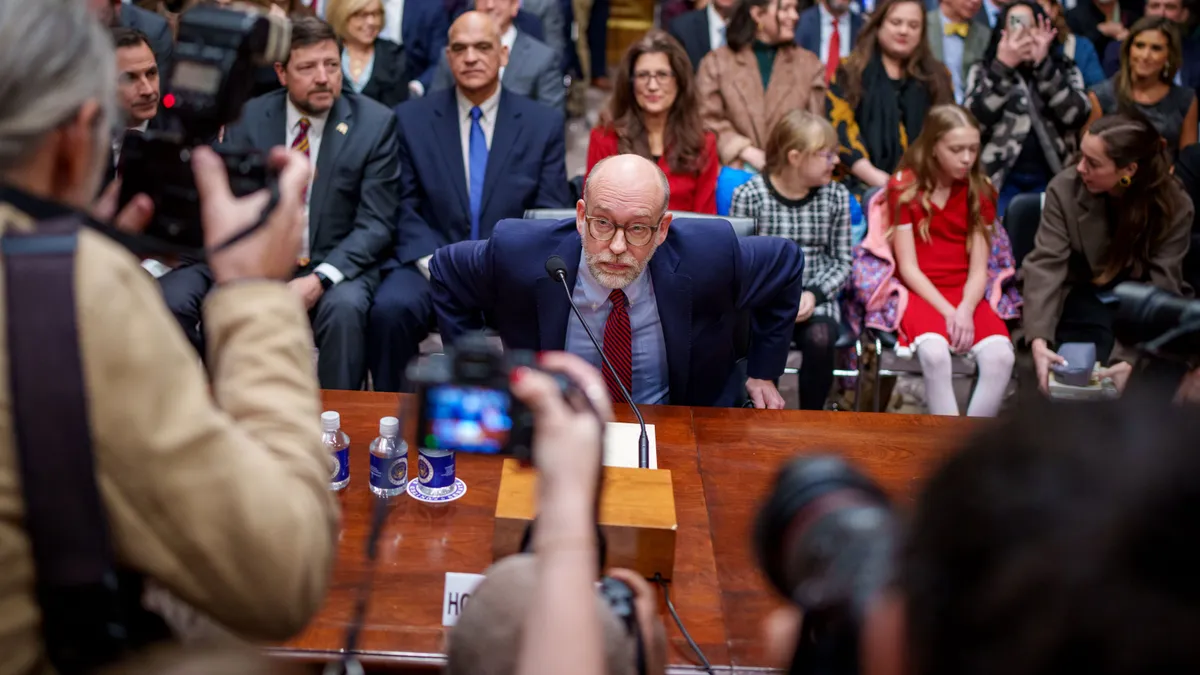An amended financial disclosure filed last month shows the transaction that embroiled outgoing Federal Reserve Vice Chair Richard Clarida in the central bank’s stock-trading controversy is more complex than initial paperwork revealed, according to a Thursday report by The New York Times.
The initial disclosure, uncovered by Bloomberg in October, found that Clarida moved between $1 million and $5 million from a bond fund into stock funds on Feb. 27, 2020 — a day before Fed Chair Jerome Powell issued a statement signaling the central bank might cut interest rates.
A Fed spokesman in October described the transaction as part of a “pre-planned rebalancing” of Clarida’s accounts.
However, the Dec. 16 amendment reveals Clarida sold an exchange-traded fund Feb. 24 as financial markets cratered amid panic over the encroaching coronavirus. Clarida then re-bought that stock fund Feb. 27 — a maneuver that may fuel curiosity over whether the rapid-fire transactions represent more of a reaction to market conditions than the premeditation the Fed suggested.
The Dow Jones Industrial Average had fallen 5% in the two weeks leading up to Feb. 24, The Wall Street Journal reported Thursday. The index dropped another 8% by Feb. 27. It would lose an additional 15% over the next month, the publication noted.
In cashing out his stock investment as value dipped — then buying it again at a lower price — Clarida theoretically could have bought more shares Feb. 27 (supposing he reinvested the same amount he cashed out Feb. 24). That would give him a better return over time, as the fund amasses value, than he would have had if he left his investment alone.
The amended disclosure does not divulge the specific value Clarida invested in the stock fund — just that the sale and purchase were each between $1 million and $5 million.
A spokesperson for the Federal Reserve did not comment to The New York Times when pressed as to whether the transactions still constituted rebalancing.
The amended disclosure came after Clarida noticed “inadvertent errors” in the original filings, a Fed spokesperson said.
A Fed ethics officer, in a letter included with the amended disclosure, wrote, “I continue to believe that Mr. Clarida is in compliance with applicable laws and regulations governing conflicts of interest.”
Fed board members must hold any assets they purchase for at least 30 days to minimize potential conflicts.
Rule change
The revelation last fall that Clarida and two regional Fed presidents — Eric Rosengren of Boston and Robert Kaplan of Dallas — traded stocks in 2020 while also helping to set monetary policy caused considerable blowback for the central bank. Powell’s prospects for a second term as chair were thrown into question. President Joe Biden ultimately renominated him, and he faces a hearing next week in front of the Senate Banking Committee, where Clarida’s amended disclosure may well surface.
Rosengren and Kaplan resigned within days. Clarida’s term at the central bank had already been set to expire Jan. 31. Biden has nominated Fed Governor Lael Brainard to the central bank’s vice chair post. She, too, faces a Senate Banking Committee hearing next week.
The Fed, for its part, issued new rules in October barring its board governors, 12 regional presidents and senior staff from buying individual stocks, holding investments in individual bonds or agency-backed securities, or entering into derivatives. Senior officials’ future investments would be limited to “purchasing diversified investment vehicles, like mutual funds,” the Fed said.
Policymakers and senior staff, under the new rules, would have to provide 45 days’ notice before buying or selling any allowed securities, must obtain approval for those transactions, and must hold any investments for at least a year, the Fed said. “Further, no purchases or sales will be allowed during periods of heightened financial market stress,” the central bank said.
The question remains, however, as to what Clarida knew and when. The Fed told Bloomberg that Clarida was not involved in discussions about the central bank’s response to the expanding COVID-19 crisis at the time of the Feb. 24, 2020, trade.
His official Fed calendar — which typically offers no specific names — shows he had a call with a board member and a regional Fed president Feb. 26, according to The New York Times.
However, The Wall Street Journal reported Thursday that a group of senior Fed officials, including Clarida and Powell, on Feb. 26 held an informal meeting to consider how they might be forced to respond to the COVID-19 outbreak.






















